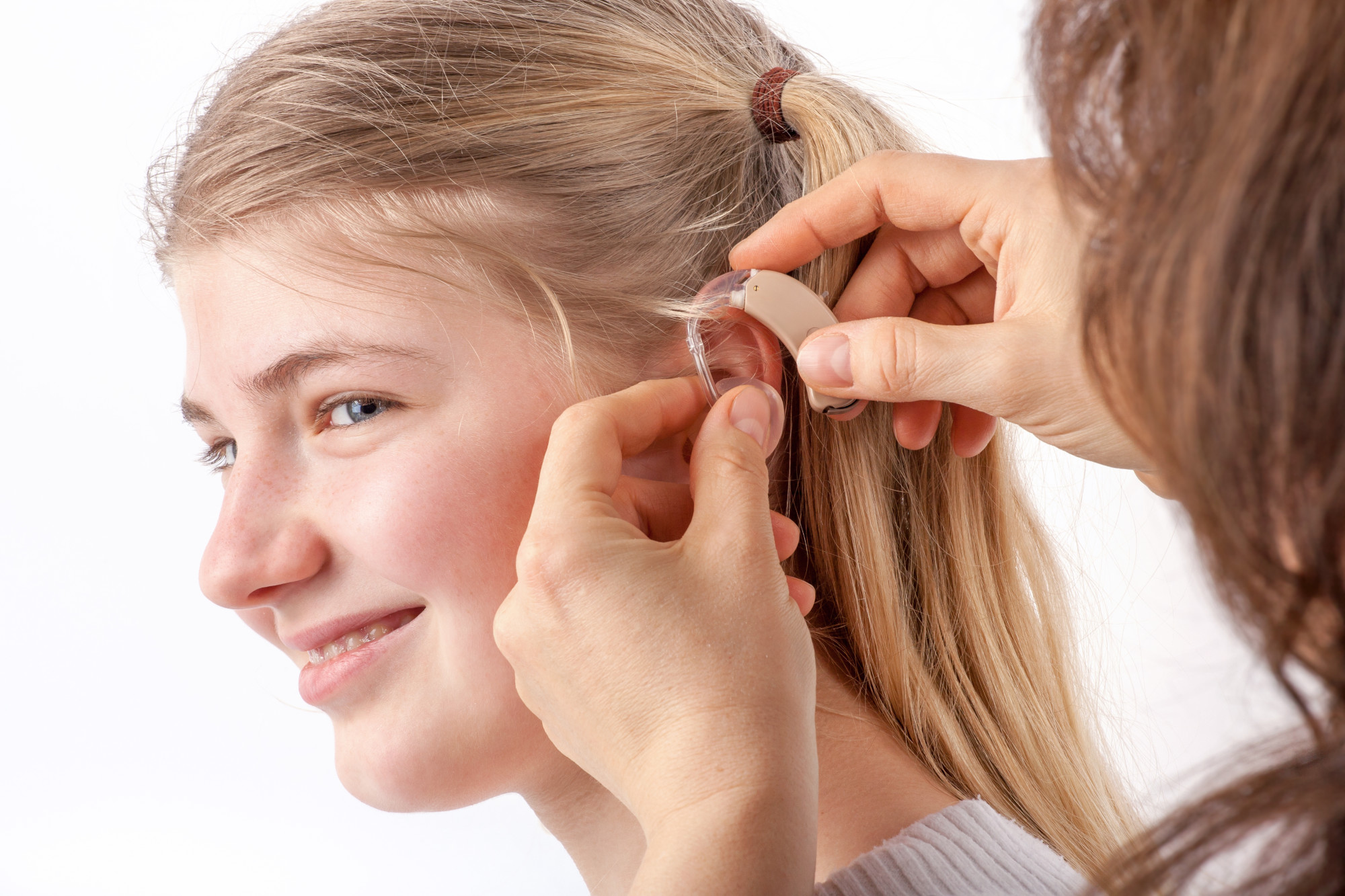Over 5% of the world’s population requires rehabilitation to address their hearing loss. It is estimated that by 2050 over 700 million people will have disabling hearing loss.
If you are one of these persons with some trouble hearing, you will notice it getting worse as you age. This can make your life difficult, especially in social aspects. Have no fear as there are different types of hearing aids to help you regain your hearing ability.
Read below for a breakdown of the types of hearing aids.
In-The-Ear (ITE)
ITE, or in-the-ear, hearing aids are one of the most popular types of hearing aids. They are small and discreet. They are custom-made to fit the specific contours of your ear.
ITE hearing aids are suitable for people with mild to moderate hearing loss. While they may be visible to others, ITE hearing aids are less likely to feedback or create wind noise.
In-The-Ear Canal (ITC)
ITC hearing aids are placed in the ear canal and are therefore less visible. They amplify sound in a natural and comfortable manner for the user. They are available for people of all ages and stages of hearing loss.
They’re also more susceptible to damage from earwax and moisture. But for people who are looking for a more discreet option, ITC hearing aids are the way to go.
Behind the Ear (BTE)
Hearing aids come in many different shapes and sizes, but one of the most popular types is the behind-the-ear (BTE) hearing aid. They are large enough to house all the necessary electronic components and batteries. They are small and light enough to be comfortable to wear.
BTE hearing aids are also easier to keep clean than some of the other types. They are easy to use and are very durable and affordable. They are larger than ITE hearing aids, but they offer many advantages, including better sound quality and more features.
Bone-Anchored Hearing Aids (BAHA)
BAHA is an effective treatment for hearing loss that does not respond to conventional hearing aids. It is a small titanium implant that is placed under the skin behind the ear. A small abutment protrudes through the skin and a sound processor is attached to the abutment.
BAHA bypasses the damaged portion of the ear and transmits the sound waves directly to the inner ear. This provides a clearer and more natural hearing sensation.
The type of hearing aid options you choose should be based on your individual needs and preferences. Visit the hearing test centre and get help from your audiologist to determine the best hearing aid for you.
Knowing the Different Types of Hearing Aids
It’s important to know the different types of hearing aids available and which one might be the best fit for you. This guide provides a basic overview of the different types of hearing aids, from behind-the-ear models to in-the-ear versions. With this information, you can make an informed decision when buying a hearing aid.
If you found this guide helpful, check out more articles related to health on our blog.

